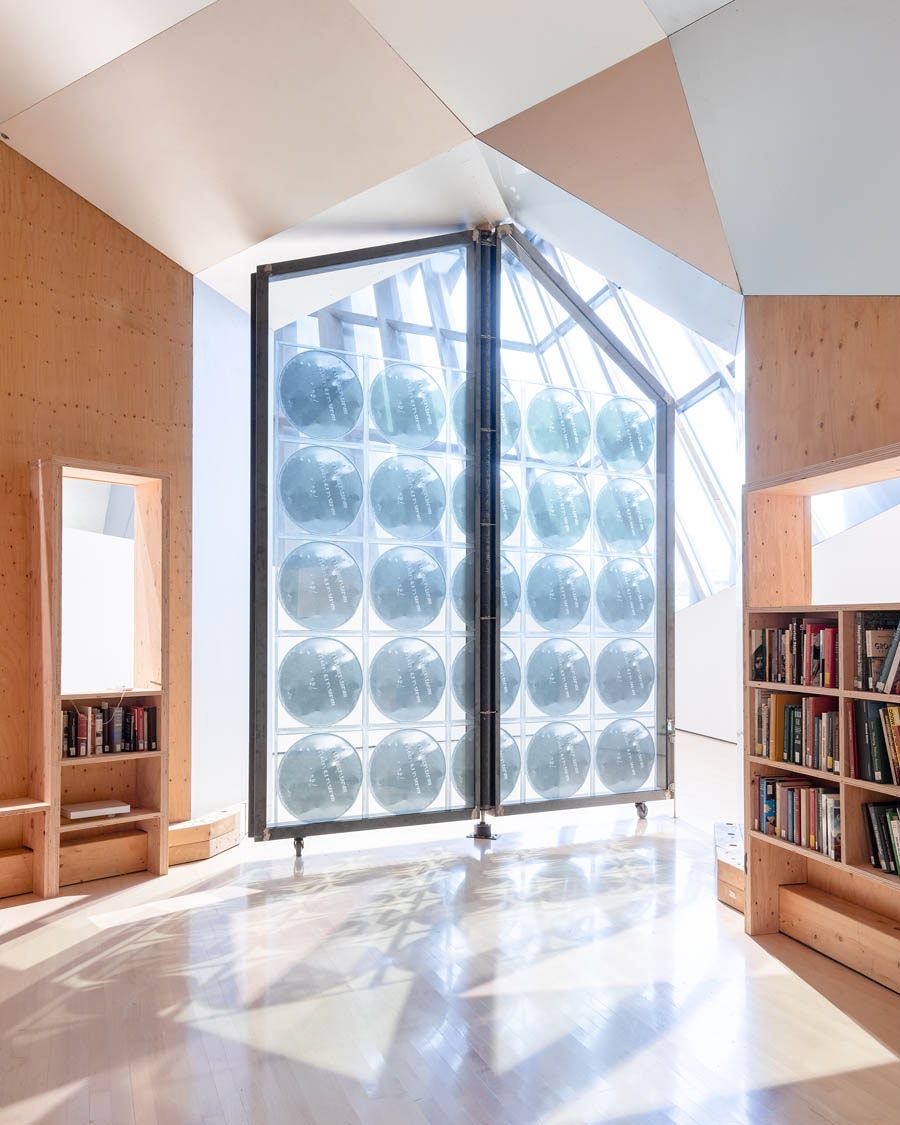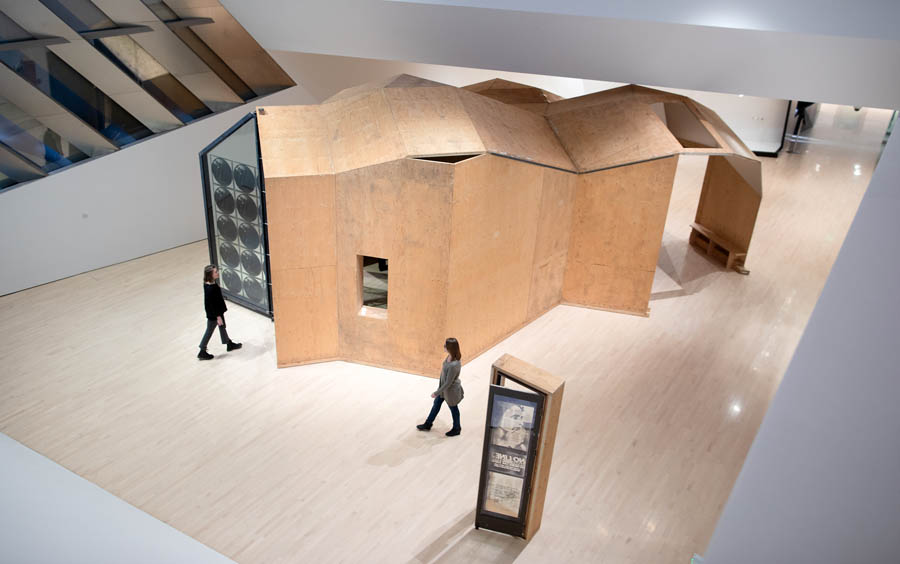
September 13, 2019
Chicago Architecture Biennial Preview: Rights to Resources
At this year’s event, exhibitors look critically at the dynamics of resource distribution and ecological stewardship.
In the run-up to the Chicago Architecture Biennial 2019, which opens on September 19, Metropolis presents a series of previews of the themes running through the event. For exhibitors at this year’s biennial, the “art” of building is hardly innocent. From resource management to property relations, these works reveal a more complex reality.

© Oscar Tuazon; courtesy of the artist, Luhring Augustine, New York; Galerie Chantal Crousel, Paris; and Eva Presenhuber, Zürich, New York. Photo: Eat Pomegranate Photography
This summer marked nine years since the United Nations General Assembly recognized water as a human right. But as of 2017, two billion people worldwide still lacked proper water services, and more than half of the global population did not have access to necessary sanitation.
Implicating infrastructure, human health, and energy, water is a powerful benchmark of politics. Oscar Tuazon, one of the scores of participants at this month’s Chicago Architecture Biennial, has spent much of his career exploring the intersection of these issues, and the ways that water can activate communities. He brings his Water School project to the Chicago Cultural Center, where he hopes to engage audiences about sustainability and access.
An ongoing initiative, Water School is an occupiable wooden structure based on Steve Baer’s 1972 Zome House, a landmark design in the environmental movement. (Like Tuazon, Baer was interested in water, using drums of it to store energy for heating after sundown.) During its installation at Michigan State University earlier this year, Water School catalyzed discussions on Flint, whose crisis trudges on 50 miles northeast of the campus. Tuazon anticipates that the biennial edition will yield even more learning, likely tied in with the history of the Great Lakes. “We’ll be working with local organizations to connect it to the questions particular to Chicago,” he says.
Carolina Caycedo, another exhibitor at the biennial, takes a complementary approach to interrogating water as an index of extractivism. Using large-format satellite imagery, the Colombian artist presents the failings of two major infrastructural projects: the Ituango hydro dam in Colombia, which is at risk of collapse, and the wreckage of tailings dams on the Paraopeba River in Brazil, which have left more than 150 dead and scores more missing. The colorful, marbleized fields Caycedo displays—she calls them portraits, infusing the landscapes with subjectivity—evoke the spiritual practices of indigenous groups, a challenge to hegemonic methods of knowing and seeing.
Elsewhere at the biennial, an invitee from Palestine examines the cultural legacy of transformed landscape. Vivien Sansour is an archivist and evangelist of plants native to her homeland; working with locals, she uncovers and preserves seeds of flora edged out by territorial conflict and colonization—varietals like Abu Samra, “the dark handsome one,” a species of black wheat. For the exhibition, Sansour extends her practice to the Midwest, where she is building a seed library based on research conducted on and in American soil. As a self-described “pollinator of stories,” Sansour also weaves in narratives from farmers and other seed savers around the world. After all, what’s lost in globalization isn’t just the plants, nor pristine bodies of water, but also the cultural practices and livelihoods these resources enable.
You may also enjoy “Chicago Architecture Biennial Preview: Questioning Real Estate Values.”
Would you like to comment on this article? Send your thoughts to: [email protected]
Recent Viewpoints
Viewpoints
Sustainability News Updates for Q2 2025






